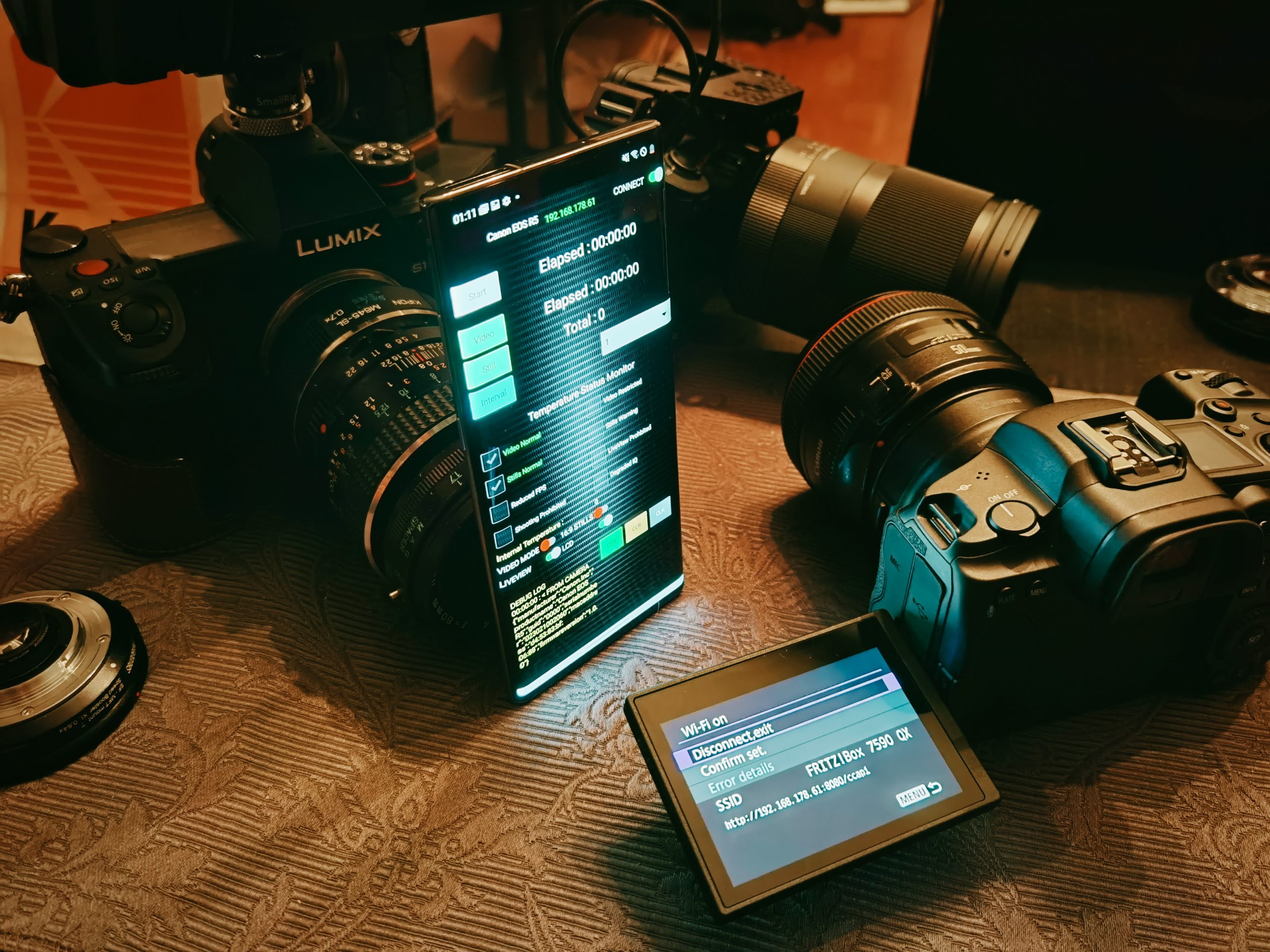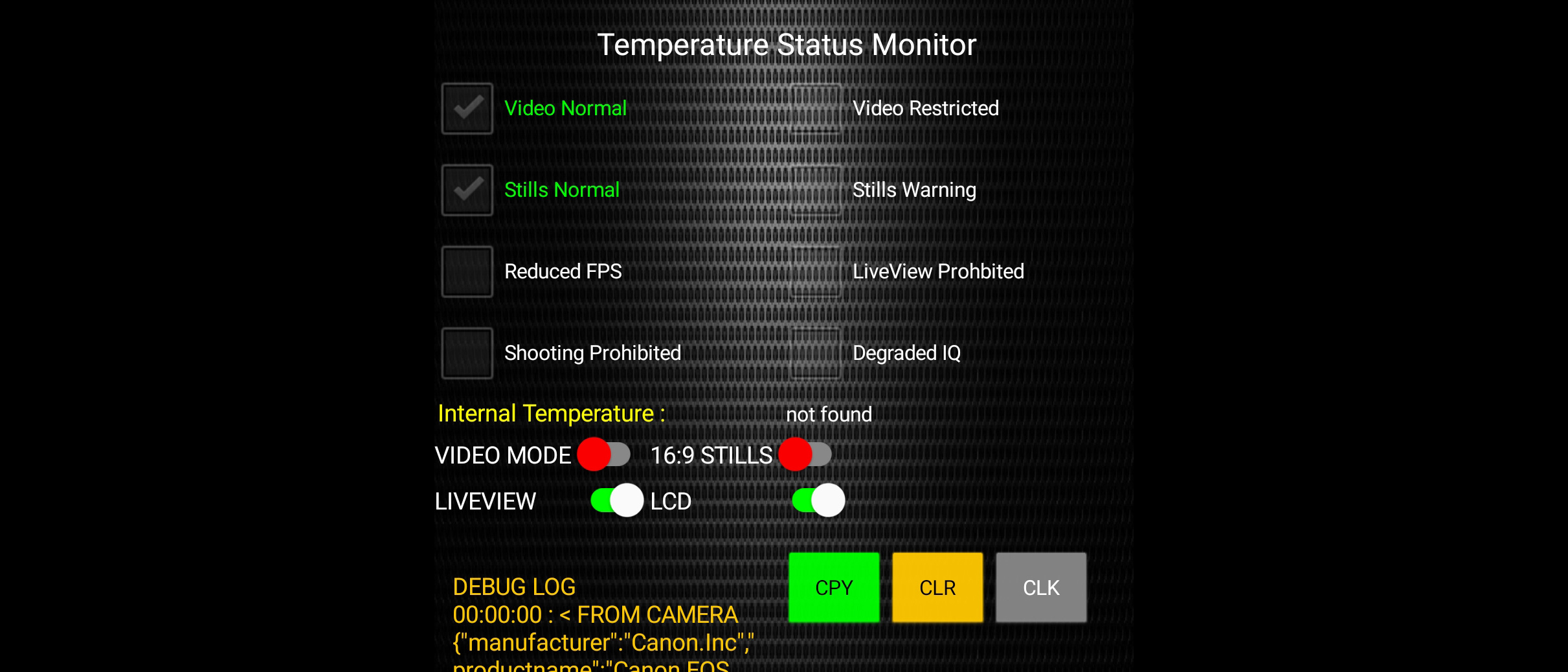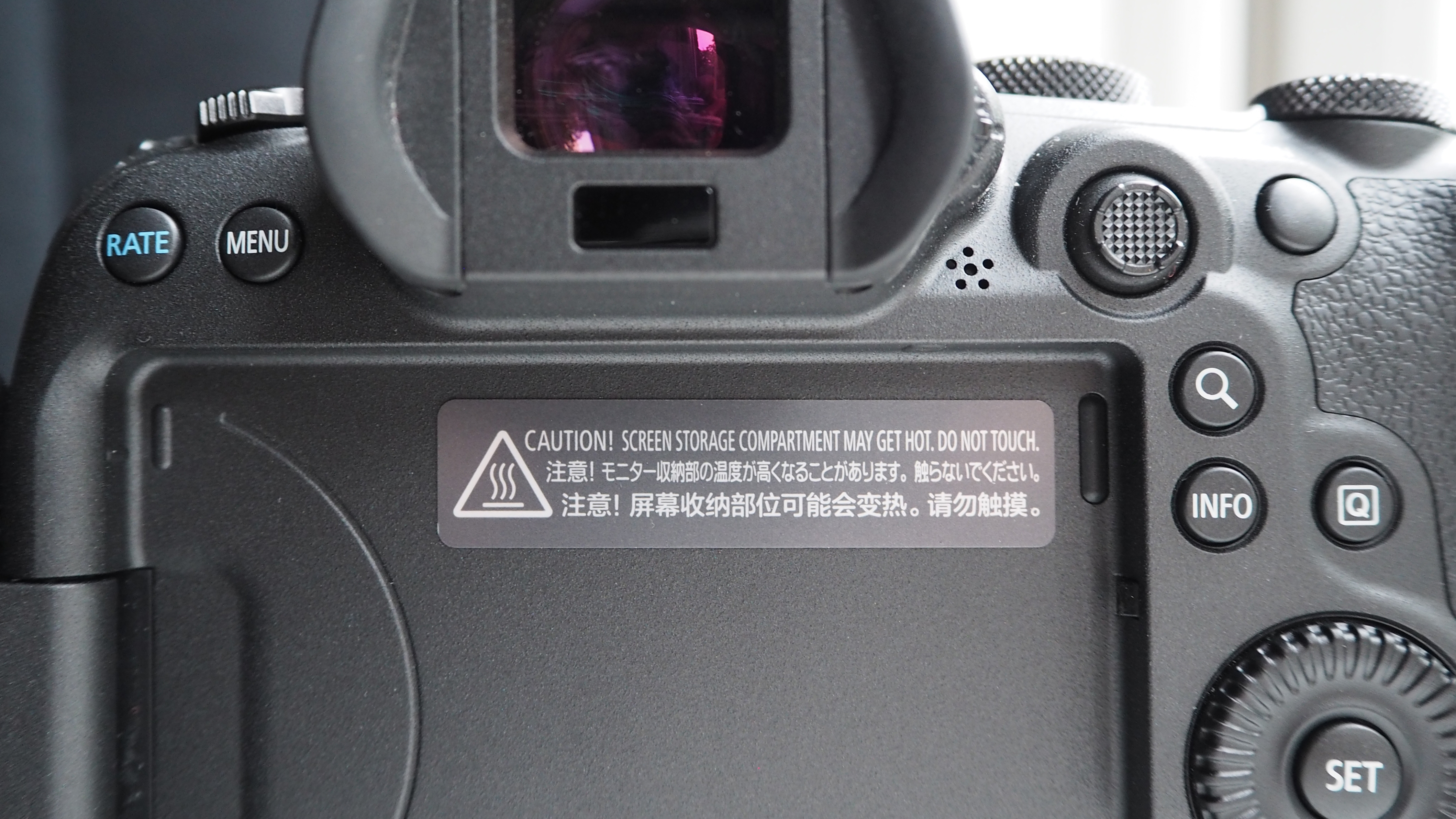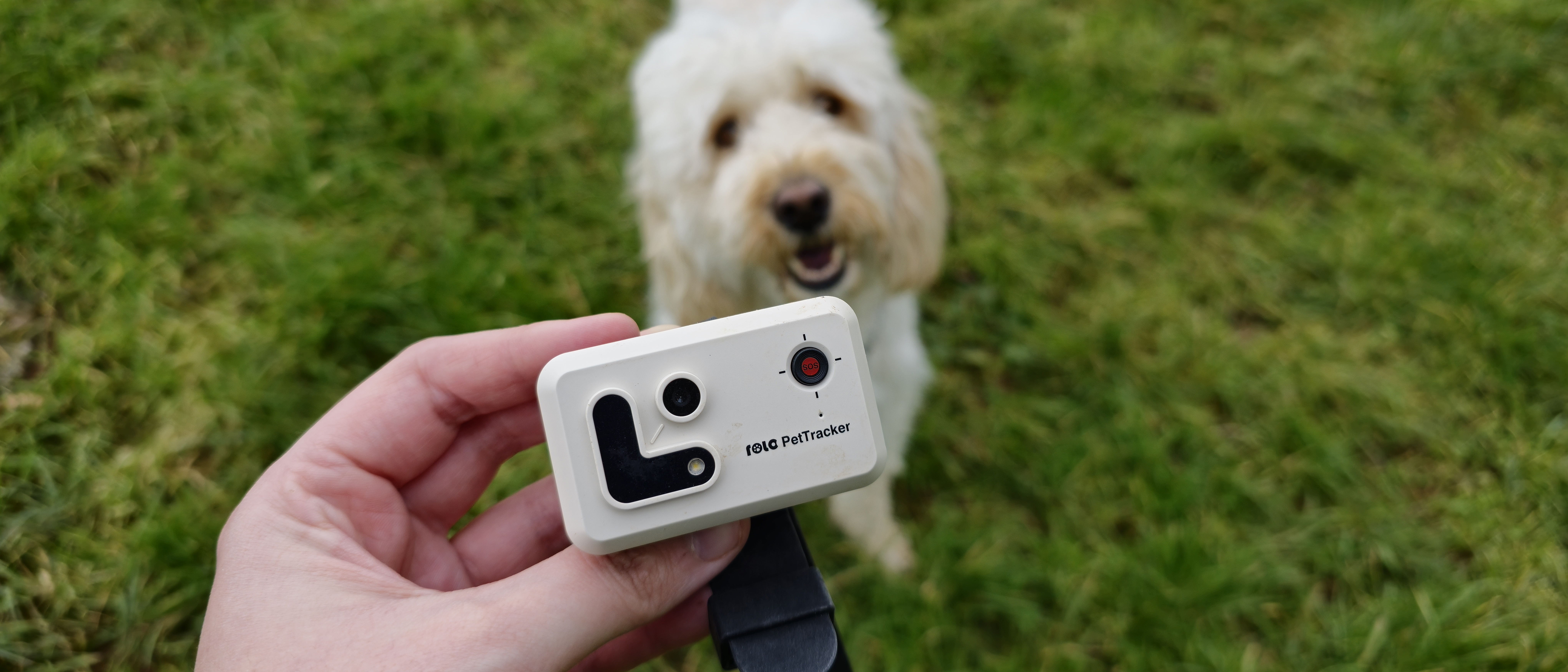
A scathing investigation claims that the overheating limitations on the Canon EOS R5 are "fake" – that they are not truly the result of the sensor overheating, but are instead "artificial software limits" imposed by the manufacturer to "lockdown" features of the camera.
Moreover, these "'hidden' inhibitions" don't just affect the higher video modes – they can also lock out the higher end stills functions on the Canon EOS R5, too.
• Head to head: Canon EOS R5 vs R6
The report comes from respected outlet EOSHD, which used the official Canon API – shared with developers, so that they can create legitimate apps for the camera – to develop a Temperature Status Monitor that would probe the actual heat readout of the R5 in real time. The app also features an intervalometer, to determine temperature increases in stills-only mode.
"To the user, it appears that for every minute the camera is left switched on in the menus or in stills mode (with 8K or 4K HQ toggled in the video menu), the runtimes decrease even though you have not shot any video. Very disturbing behavior," notes the report.
"So the big problem from the user’s point of view is that they have paid 4 grand for a camera that after 30 mins in live-view mode and a few stills cannot do the approximately stated 20 mins of 8K or 30 mins 4K HQ at 23C ambient any more, even if it’s the first video take of the day.
Then at around 45 minutes into the day with the camera just in stills mode and taking a few snaps, or operating the menus, we arrive at a complete lock out of the high quality video modes. Officially Canon say this is due to excessive heat buildup. But is it? Indoors, during the evening we conducted the test as follows:
Get the Digital Camera World Newsletter
The best camera deals, reviews, product advice, and unmissable photography news, direct to your inbox!
1. We observed 30 Celsius (86F) with the camera switched on from cold for the first time indoors (ambient temp 27C)
2. We observed 46 Celsius after 5 minutes in stills mode, with no video recorded and one photo.
3. We set the intervalometer to take one still every 5 minutes (JPEG)
4. The temperature remained at a very steady 46C, however after 30 minutes the 'Video Restricted' status activated in stills mode, with no video recorded whatsoever, and the internal camera temps still at 46C."
Troublingly, the app revealed a number of inhibitors implying that 'overheating'-imposed lockouts can also apply to stills functionality (namely high-speed frames-per-second shooting).

"The recovery timer for video mode, is even more fishy," adds the report. "After switching on from a cold start and being left for a couple of minutes, at 46C, I recorded 8K for 15 mins and the camera temperature only increased to 62C which is very comfortable for pretty much any kind of electronics.
"Immediately after, the camera shut down and locked me out of 8K mode, but the EXIF data was reporting that the camera had cooled down almost immediately within seconds back to the mid 40s… The exact temperature in fact, that we started at before rolling 15 minutes of 8K. If you leave a plate of fries on your dinner table for 20 minutes, do you expect it to be still piping hot?
"Thus it is similar with electronics. Indeed, metal parts cool down even quicker. Yet despite being back at the base temp, the timer was still locking us out of further 8K recording and even shut the camera down completely when I switched over into video mode, saying 'Overheated! Shutting Down!' The temperature? Still only 46C.
"So after waiting ANOTHER 10 minutes to let the camera cool further, the EXIF data reported near-to ambient room temperature inside the camera but the 8K record time limit had barely crept up past 2 minutes! What’s more, the Video Restricted status refused to toggle off altogether and only very slowly and artificially was it much later flagged off.
"The camera temperature remained stable in the 40’s throughout stills mode operation, but in this situation the camera timer doesn’t recover whatsoever. So the camera timer basically makes you believe it is cooking itself in stills mode at just 46C when it isn’t."

In all it paints a fairly damning picture of the Canon EOS R5's inner workings – particularly with the revelation (also revealed in a teardown of the camera) that the sensor doesn't even feature a heatsink, which would be an obvious measure to reduce overheating.
"As it stands, I believe them to be lying to their customers," concludes the EOSHD report. "My conclusion is that these are artificial software limits. The overheating problem after a few minutes of 8K does not exist and nor does it at 46C. That the processor doesn’t even have a thermal pad or conductivity internally to ensure longevity and reliability, is another 'smoking gun'. I find this deeply unethical."
We already know that a Canon EOS R5 firmware update is on the way with "increased record time limits". If these limitations are indeed arbitrary rather than temperature-dependent (it seems likely that Canon's engineers simply erred on the side of caution, rather than allow people to ignite their cameras by exploiting a lack of overheating protection), then the R5's biggest sore point could be easily fixed.
Read more:
Canon EOS R5 review
Hands on: Canon EOS R6 review
The best Canon camera: Canon's DSLR, mirrorless and compact cameras
Digital Camera World is one of the leading authorities on camera and photography news, reviews, techniques, tutorials, comparisons, deals and industry analysis. The site doesn't just specialize in cameras, but all aspects of photography, videography and imaging – including camera phones, gimbals, lenses, lighting, editing software, filters, tripods, laptops, printers, photo books, desks, binoculars and more.
Whether you're using, looking to buy or trying to get the most out of a compact camera, action camera, camera drone, cinema camera, beginner camera or professional camera, Digital Camera World has a roster of experts with combined experience of over 100 years when it comes to cameras, photography and imaging.

